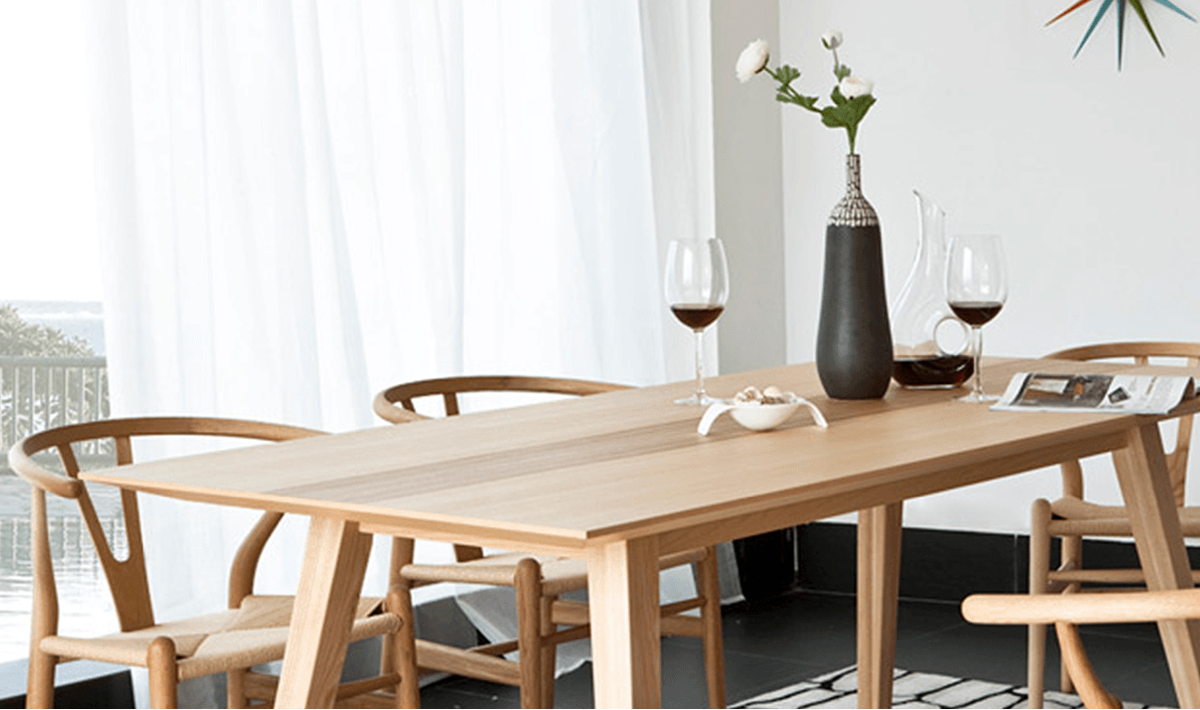Matt Blatt is a furniture retailer based in Australia that sells a range of furniture items including chairs, tables, sofas, lighting, homewares, and accessories.

Introduction
Background
MattBlatt contacted us (in 2014) in regards to their website and the assumption that something was wrong with it. Based on a low level of conversion rate. We were then tasked to find the main reasons for this issue and to come up with a solution on how to fix them.
Methodology
Based on the assumption shared by the MattBlatt team we did a quick heuristic evaluation of the website. As we couldn’t find anything in particular that would cause people not to purchase on the website, we decided to conduct some user research in location.
MattBlatt being lucky enough to have stores, it was easy for us to recruit people familiar with the brand at one of their stores.
The 30 min research was split into 2 parts, a quick user testing on the MattBlatt website using their interest of the day for the first half and an open interview for the 2nd part.
The user testing part of the website didn’t reveal anything major and was aligned with the heuristic evaluation. However, during the different interviews, a common theme appeared.
7 out of 10 interview clients mentioned that they had trouble finding items in their price range and they hinted that they were mostly using the store to browse and then would look online to find cheaper versions of an item or equivalent.
Based on these observations we decided to analyze MattBlatt’s product range. We discovered that their buying strategy was not matching the main pricing range of most products sold online. A potential example of their product range is shown in Figure 1.
Figure 1 – Representation of product assortment per price range and number of units sold vs purchased stock
We then encourage them to change two things
- Change their purchase strategy – instead of buying what they actually like, choose products aligned with their customers’ price range
- Rework the pricing of key items – to avoid relying on heavily discounted sales and acquire more customers interested in these particular items
Conclusion
In order to prove our recommendations we changed the pricing of their most searched item. Without relying on a discounted sale, we simply changed the price.
As everyone can imagine, the revenue increased significantly increasing by a whopping 55% while reducing slightly their margin per unit.
This had 2 effects, they moved way more merchandise and saw an increase in terms of the number of products per sale.

